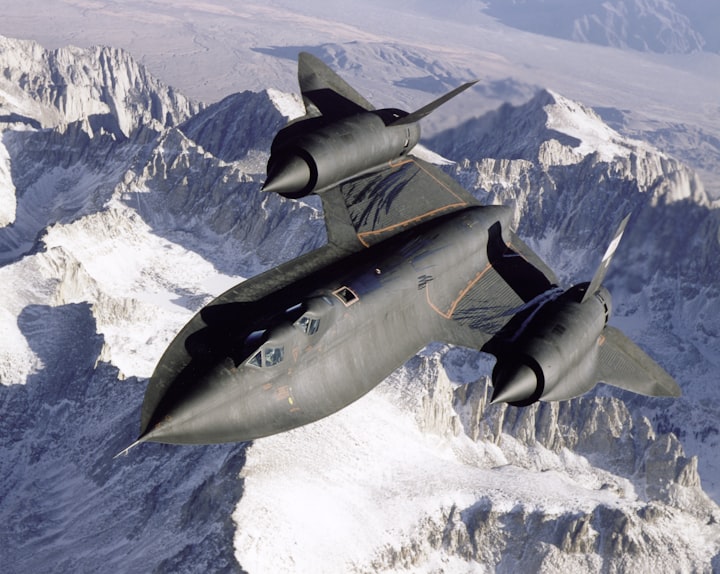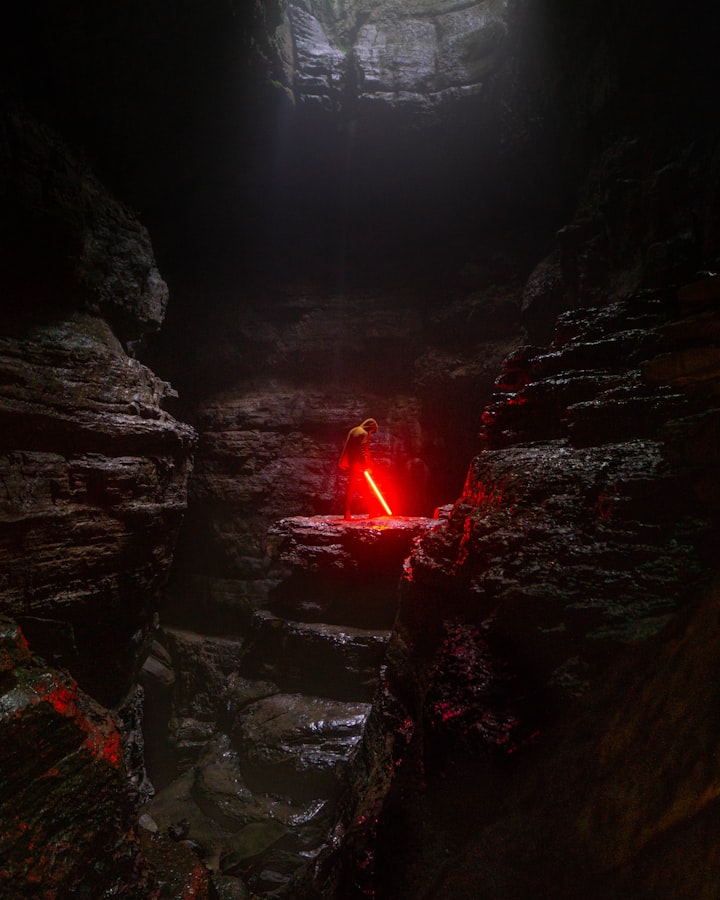Facts about the SR-71 that you must know.
The SR-71 is a great engineering feat. Here are some facts about it.
The SR-71 Blackbird is one of the most advanced planes in the world. It can fly at a height of 26km above the surface of the earth. At this height, the pilots can clearly see the curvature of the earth and the dark space above them. It can also achieve supersonic speeds. So, developing such a technologically superior aircraft has it's own challenges and problems. So, let's dive into the baffling engineering behind the SR-71.
1. The Ramjet Engine:
The engine of the SR-71 is one of the things that needed to be made with extreme precision. The engine is definitely the most important part of an aircraft. For a plane that has to break the sound barrier and achieve a speed of 3.2 mach, there's no place for any errors in the design of the engines. The engines of the SR-71 are called the Ramjet engines. A ramjet works on the 'ram pressure' of the air that is achieved in the engine as the plane flies through the air. Now, these engines do not need a separate assembly for compressing the air. Here's what a ramjet engine looks like:
The spike that you see at the left is used to control the supersonic flow of the air in the engine. Since SR-71 flies at supersonic speed, a supersonic shockwave is formed at the tip of the engine. But, the air cannot be allowed to go into the engine at this speed as it could decrease the efficiency of the engine. So, the spike is made retractable. It's position is kept such that after entering the engine, the air would become sub-sonic, thus compressing the air. This stage of a ramjet is equivalent to the compressor stage in a normal plane engine. The air is then passed into the combustion chamber and ignited along with the fuel.
Now, this is all good but this type of engines can only operate when it has some forward velocity in order to achieve the compression of air. So, the engine of SR-71 is a hybrid of a ramjet and a conventional jet engine. During take-off, the conventional jet engine propellers the plane and once the plane reaches the minimum speed required for the operation of the ramjet, the conventional engine switches off. When the plane is supersonic, there is a formation of a supersonic shockwave at the tip of the spike. To achieve maximum efficiency, the shockwave has to be positioned at an ideal place. This is achieved by moving the spike in and out of the piston. The spike moved 41mm inside for every 0.1% increase in mach number. The spike also has perforations to reduce drag caused by boundary layer condition. The excess of air is used to cool the engine, increasing the efficiency even more.
2. The extensive use of titanium:
An aircraft that is supposed to achieve supersonic speeds needs to be lightweight. It should be able to survive the shock waves, too. So, the primary needs that the metal had to satisfy were:
- It should be light
- It should be strong enough.
Now, the potential candidates for this selection were aluminium and titanium. But, the strength-to-weight ratio of titanium is much higher than aluminium. Besides, aluminium becomes weak at speeds greater than 15 mach because of aerodynamic friction. This is why titanium makes up about 93% of the SR-71. The wings, the entire fuselage of the plane is made from titanium panels. But, titanium is highly reactive and readily forms oxide. This oxide is very fragile and can easily reduce the life of the plane. So, the SR-71 is painted in black colour. But why only black, let's see.
3. The black colour:
The SR-71 flies at supersonic speeds. At such a high speed, air friction causes the generation of heat. At top speed, the nose of the plane heats up to 300-degree celsius while the tip of the spike is at 306 degrees. The exhaust of the engine has a temperature of about 699 degrees. It is really necessary to dissipate this heat because the efficiency of the plane is reduced at high velocity. But doesn't black colour absorb heat? Yes. But it is equally good at dissipating it. Kirchoff's law of radiation states that black colour is as good at transmitting heat as it is at absorbing. So, the SR-71 is painted black.
About the Creator
siddhesh thakare
I am Siddhesh, a technology blogger. I am interested in gathering and sharing knowledge about different fields in technology. Check out my blog at: <a href="https://www.techxplained.software">TechXplained</a>






Comments
There are no comments for this story
Be the first to respond and start the conversation.